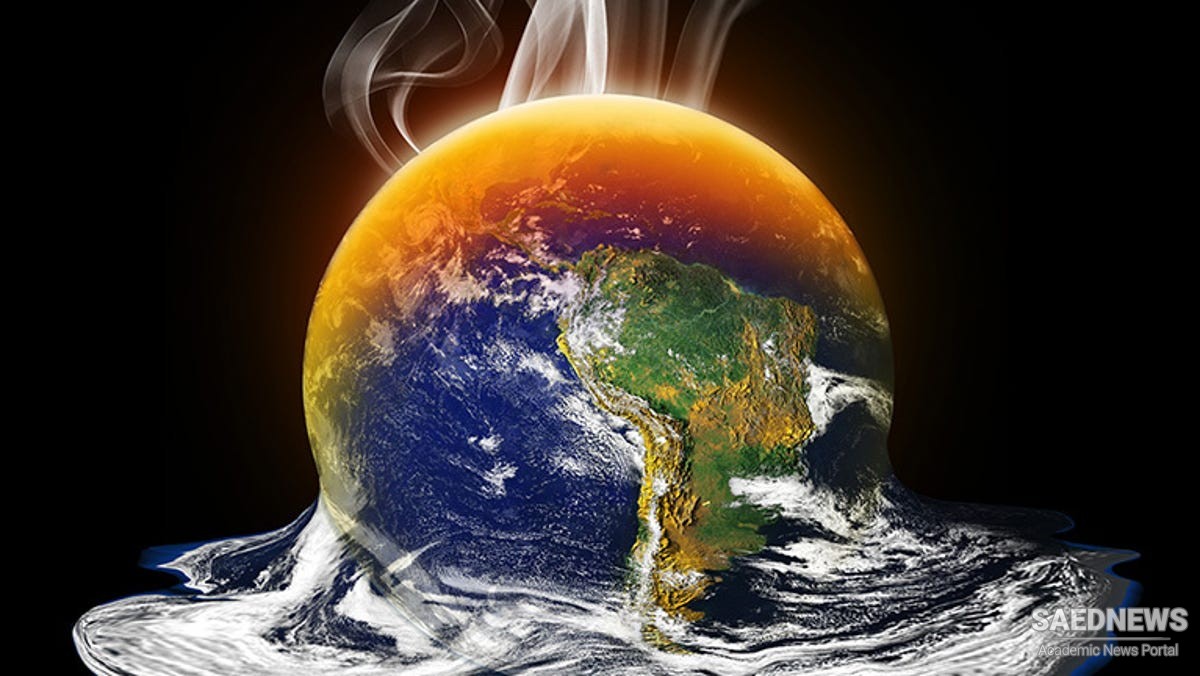Everything else remains the same. What, under these conditions, would happen to the atmospheric temperature? The calculation is an easy one, involving a relatively simple radiation balance. Radiant energy from the Sun falls on a surface of one square metre in area outside the atmosphere and directly facing the Sun at a rate of about 1370 watts – about the power radiated by a reasonably sized domestic electric fire. However, few parts of the Earth’s surface face the Sun directly and in any case for half the time they are pointing away from the Sun at night, so that the average energy falling on one square metre of a level surface outside the atmosphere is only one-quarter of this or about 343 watts. As this radiation passes through the atmosphere a small amount, about six per cent, is scattered back to space by atmospheric molecules. About ten per cent on average is reflected back to space from the land and ocean surface. The remaining eighty-four per cent, or about 288 watts per square metre on average, remains actually to heat the surface – the power used by three good-sized incandescent electric light bulbs.
To balance this incoming energy, the Earth itself must radiate on average the same amount of energy back to space in the form of thermal radiation. All objects emit this kind of radiation; if they are hot enough we can see the radiation they emit. The Sun at a temperature of about 6000 ◦C looks white; an electric fire at 800 ◦C looks red. Cooler objects emit radiation that cannot be seen by our eyes and which lies at wavelengths beyond the red end of the spectrum – infrared radiation (sometimes called long-wave radiation to distinguish it from the shortwave radiation from the Sun). On a clear, starry winter’s night we are very aware of the cooling effect of this kind of radiation being emitted by the Earth’s surface into space – it often leads to the formation of frost.
The amount of thermal radiation emitted by the Earth’s surface depends on its temperature – the warmer it is, the more radiation is emitted. The amount of radiation also depends on how absorbing the surface is; the greater the absorption, the more the radiation. Most of the surfaces on the Earth, including ice and snow, would appear ‘black’ if we could see them at infrared wavelengths; that means that they absorb nearly all the thermal radiation which falls on them instead of reflecting it. It can be calculated2 that, to balance the energy coming in, the average temperature of the Earth’s surface must be –6 ◦C to radiate the right amount.3 This is much colder than is actually the case. In fact, an average of temperatures measured near the surface all over the Earth – over the oceans as well as over the land – averaging, too, over the whole year, comes to about 15 ◦C. Some factor not yet taken into account is needed to explain this discrepancy.


 HOW MUCH FRESHWATER IS THERE?
HOW MUCH FRESHWATER IS THERE?














































